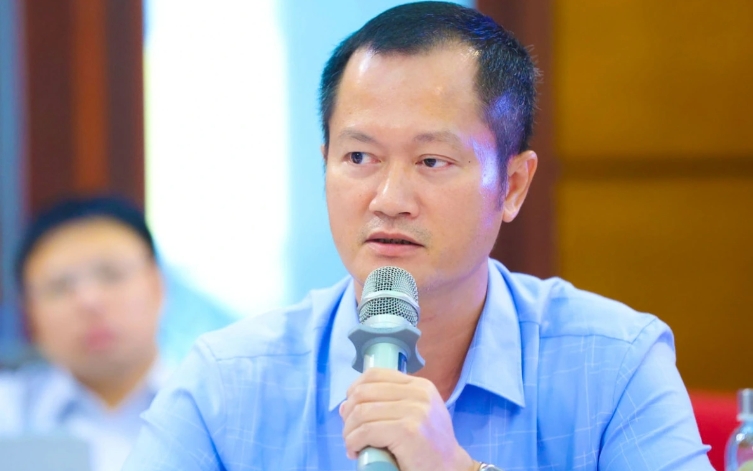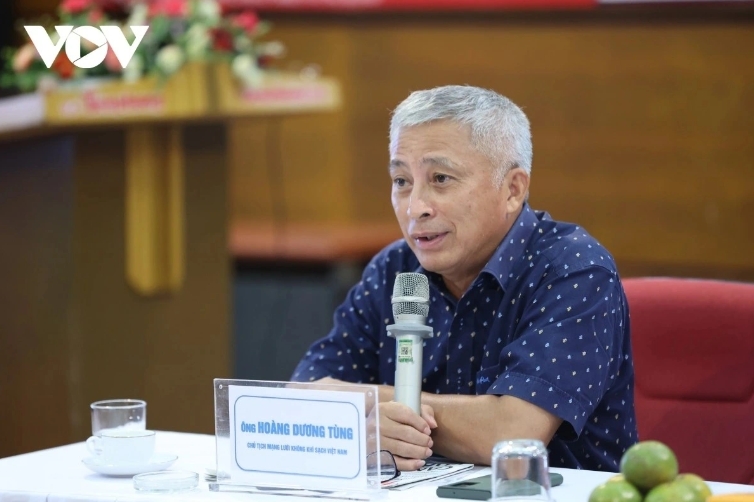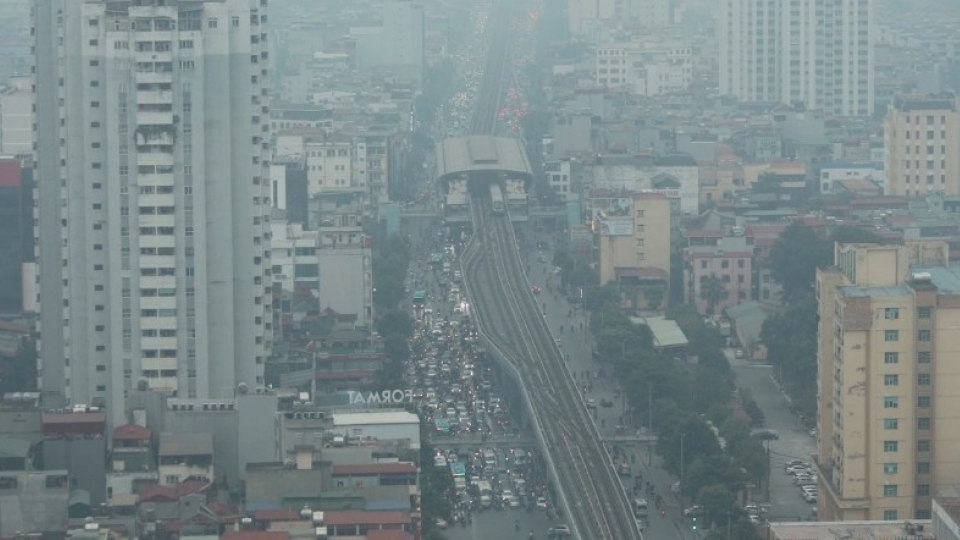Seminar seeks to tackle air pollution in big cities
VOV.VN - Air pollution in major cities like Hanoi and Ho Chi Minh City (HCMC) has reached alarming levels, largely driven by fine particulate matter (PM2.5), which poses significant threats to public health, said experts at a seminar in Hanoi on November 25.

Le Hoai Nam, deputy director of the Department of Environment under the Ministry of Agriculture and Environment, pointed out that fine dust pollution is continuing to develop in a complex manner and remains at high levels in Hanoi and several provinces in the Red River Delta.
According to monitoring data, Hanoi experienced four prolonged periods of air pollution in late 2024. During these periods, PM2.5 concentrations exceeded permissible limits by roughly two times, and the number of days with poor air quality was notably high. In 2025, however, air quality did not deteriorate as badly as in the previous year, due to the absence of extreme weather events.
Nam explained that the main sources of pollution are industry and transportation. Fine dust from vehicles accounts for about 12–15% of pollution, while road dust generated by traffic activities contributes to around 20–30%. In addition, emissions from agriculture, particularly inefficient burning and disposal of agricultural by-products, also play a significant role in the pollution.
Le Thanh Thuy, deputy head of Environmental Management at Hanoi's Department of Agriculture and Environment, shared that the capital is under enormous pollution pressure, especially during the winter months.
“Inner-city areas have higher AQI levels due to heavy traffic and extensive construction activities. At the end of the year, urban renovation, traffic congestion, the transportation of construction materials, open burning of waste and agricultural residues, as well as burning votive paper at temples and pagodas all contribute to increased pollution,” Thuy explained.
Assoc. Prof. Dr. Ly Bich Thuy from Hanoi University of Science and Technology noted that while authorities have an overall understanding of the pollution situation, detailed data needed to improve air quality is still lacking.
“We need to combine various monitoring methods and conduct thorough assessments to understand how much pollution is being produced by traffic. Only then can we implement effective solutions. Digital transformation and technology will play a crucial role in controlling pollution, from diagnosing the problem to treating it,” she stressed.

Meanwhile, according to Dr. Hoang Duong Tung, chairman of the Vietnam Clean Air Network, recycling craft villages are another major source of pollution. However, Hanoi has not yet identified which specific facilities or villages are responsible for the pollution or how much they emit. He proposed creating a pollution mapping system to better determine emission levels, which would allow for more effective regulatory measures and targeted solutions to address the pollution.
Hanoi plans to conduct a comprehensive emissions inventory, with results expected to be published in 2026. The aim of the inventory is to determine the contribution of each source of emissions, including transportation, open burning, and agriculture, and to prioritize budget allocation to address the most polluting sectors.
Experts agreed that air pollution in both Hanoi and Ho Chi Minh City is the result of multiple factors, including traffic congestion, construction activity, industrial emissions, and household activities. Developing detailed pollution maps and applying advanced monitoring technologies will be key to identifying the sources of pollution and implementing coordinated solutions. These efforts will contribute to improving air quality, protecting public health, and moving towards greener, more sustainable cities.



